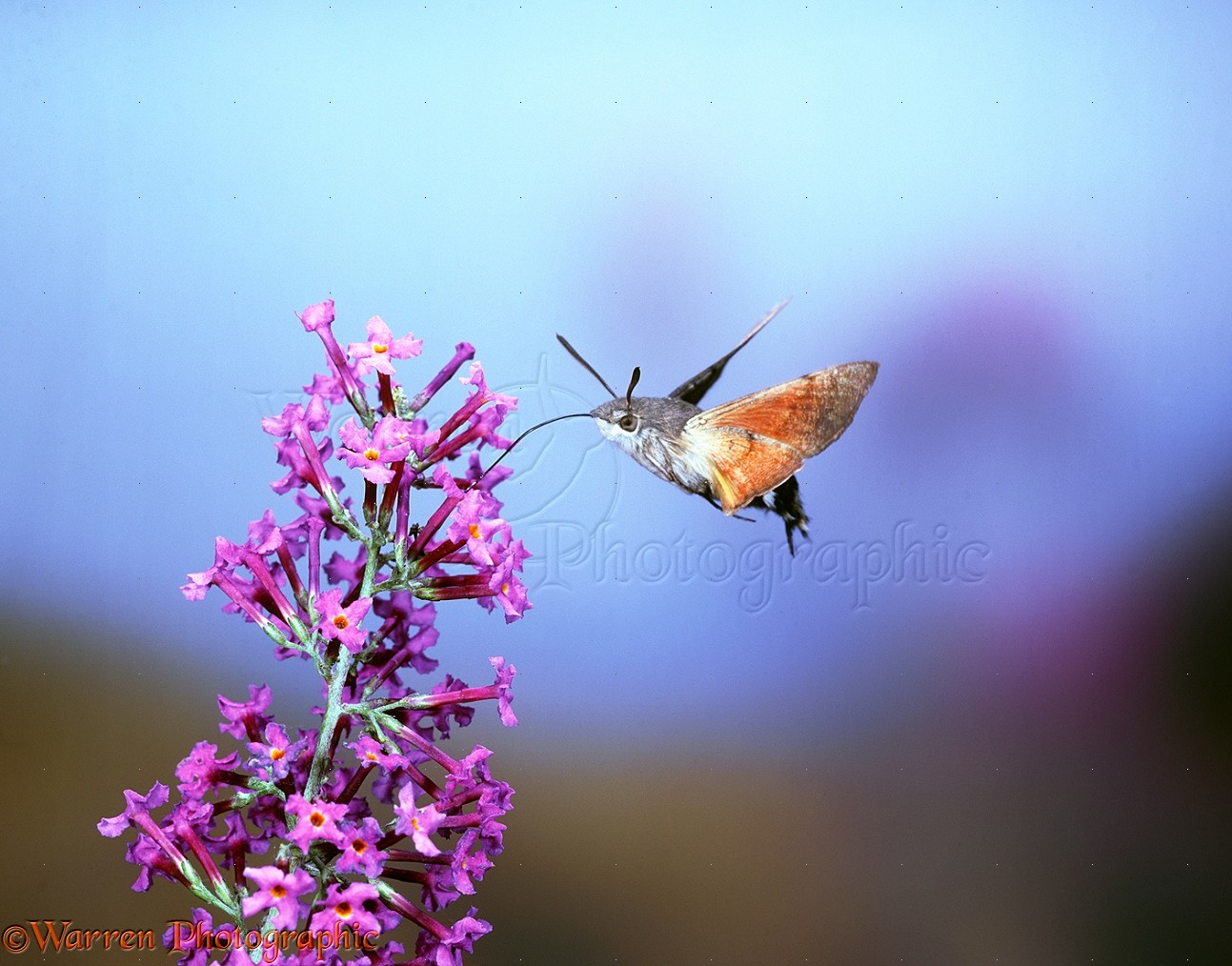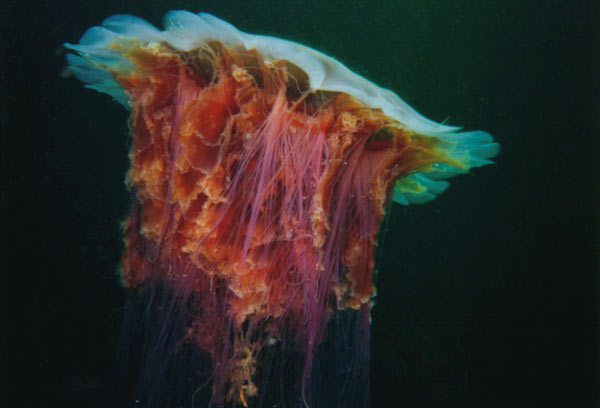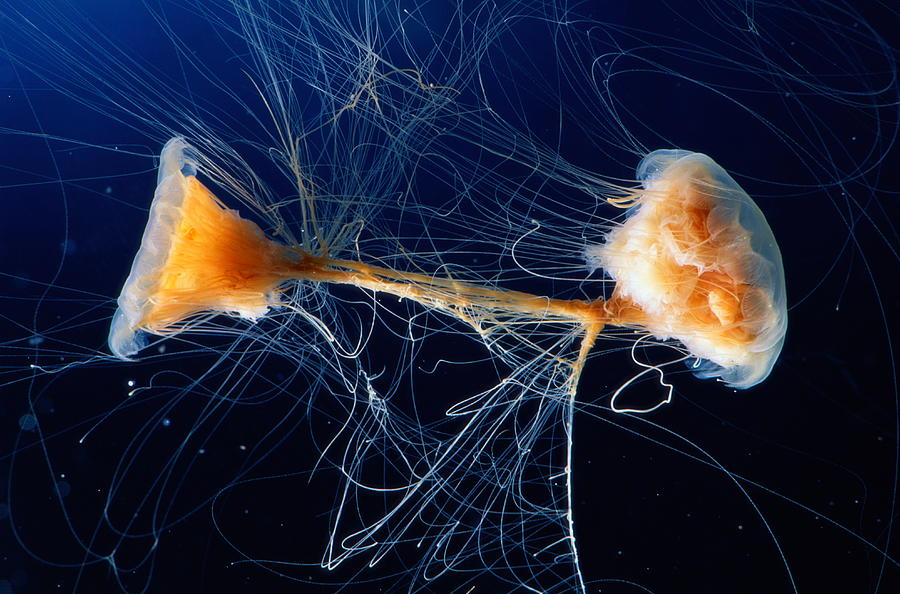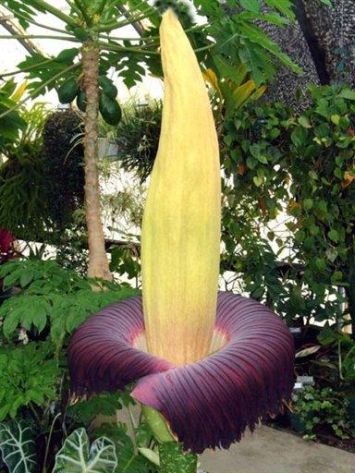Macroglossum stellatarum
The Hummingbird Hawk-Moth is a fascinating arthropod distributed widely from Southern Europe to North Africa and all they way to Japan. This moth is mainly remarkable for it's behaviour and morphology which make it seem incredibly similar to the hummingbird. This similarity is a wonderful example of convergent evolution, where to very disparate animals have evolved to fill the same ecological niche. This has resulted in a very similar appearance and behavioural adaptations.
vs.
(Above: A comparison of Macroglossum stellatarum vs. a Hummingbird.)
Macroglossum stellatarum buzzes along, much like the hummingbird drinking nectar from flowers. They also exhibit other similar behaviours to the hummingbird, such as being diurnal and returning to the same flowers, at the same time day after day. The latter behaviour allows the Hummingbird Hawk-Moth to time when a fresh nectar meal will ready after harvesting a flower.
The above video shows the fascinating behaviour of a Macroglossum stellatarum feeding. This footage was captured in northern Europe.

















